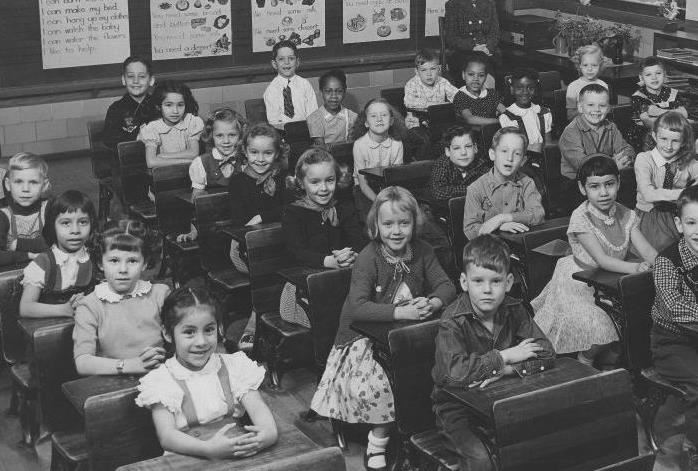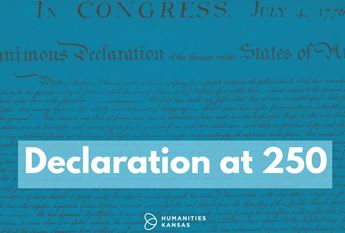

I Just Want to Testify...
May 2, 2019
In May 2019, Topeka's KTWU public television premiered "I Just Want to Testify...," a documentary film commemorating the 65th anniversary of Brown v. Board of Education of Topeka, the landmark 1954 U.S. Supreme Court case.
At seven years of age, Linda Brown left her home at 511 West First in Topeka, Kansas, at 7:40 in the morning, walked across the railroad tracks (mindful of the noise and oncoming trains) in order to reach the bus stop and board the often overcrowded vehicle that transported her to the Monroe Elementary School 21 blocks from her home.
Every afternoon she reversed the process and arrived home over nine hours after her day started. She made this daily trek despite the fact that she lived a mere five blocks from Sumner Elementary school.
Segregation forced Brown and other African American students to attend schools farther away and prevented her and other African American children in Topeka and across the country from attending their neighborhood schools.
Brown and her father Oliver became the names and faces of the court case, commonly known as Brown v. Board.
The community premiere of the “I Just Want to Testify...” documentary includes an in-depth community conversation with 16 students and teachers from the segregation era in Topeka. The documentary and public programs were supported by an HK Kansas Town Hall grant. These grants are part of a larger public policy initiative in partnership with the Eisenhower Presidential Library and Museum in Abilene.
Although the Brown family name was forever linked to the case, hundreds of African American students, teachers, and families in Topeka also had stories to share.
Marietta Patterson, community organizer and inspiration for the town hall, explained her motivation for the event: “I started two years ago to bring a voice to Topeka that had not been heard. Topeka is at the top of the Supreme Court docket for the fight for civil rights yet the 729 African American segregated students of that time had no voice in history.”
Indeed, Patterson cited Katherine Carper Sawyer as the only student to testify in the trial for the rights of all segregated students, stating that Carper Sawyer has not been thanked and is barely remembered. To Patterson, Carper Sawyer “will always be that brave courageous 10-year-old pigtail-wearing girl” who spoke in the courtroom on behalf of African Americans throughout the country.
"Topeka is at the top of the Supreme Court docket for the fight for civil rights yet the 729 African American segregated students of that time had no voice in history.”
Project director and KTWU executive director Eugene Williams commented that during the filming of the town hall he learned that the students who lived with segregation into integration felt a strong sense of black community (his emphasis), “their stories were alive with their black experience.”
Williams continued, “it seemed that the most common segregation experience was the love students had for their teachers and the pride they had in their schools and community. . .Conversely, it seemed that the most common post-segregation experience was loss—loss of communal relationships in the school atmosphere, loss of intimacy and caring for the black student.” Despite this sense of loss Patterson noted that Topeka experienced a peaceful transition to integration, unlike many other parts of the country.
To hear the many stories of the black experience in Topeka pre-and post-Brown visit the Brown v Board National Historic Site, 1515 Monroe, Topeka.
Join the Movement of Ideas
- VISIT the Brown v. Board National Historic Site in Topeka for an overview of segregation and the impact of the Civil Rights Movement after the 1954 Brown decision. Check with the site for hours of operation.
- LISTEN to Topeka StoryCorps: 60 years after Brown interviews recorded 60 years after the Brown v. Board decision in partnership with StoryCorps.



